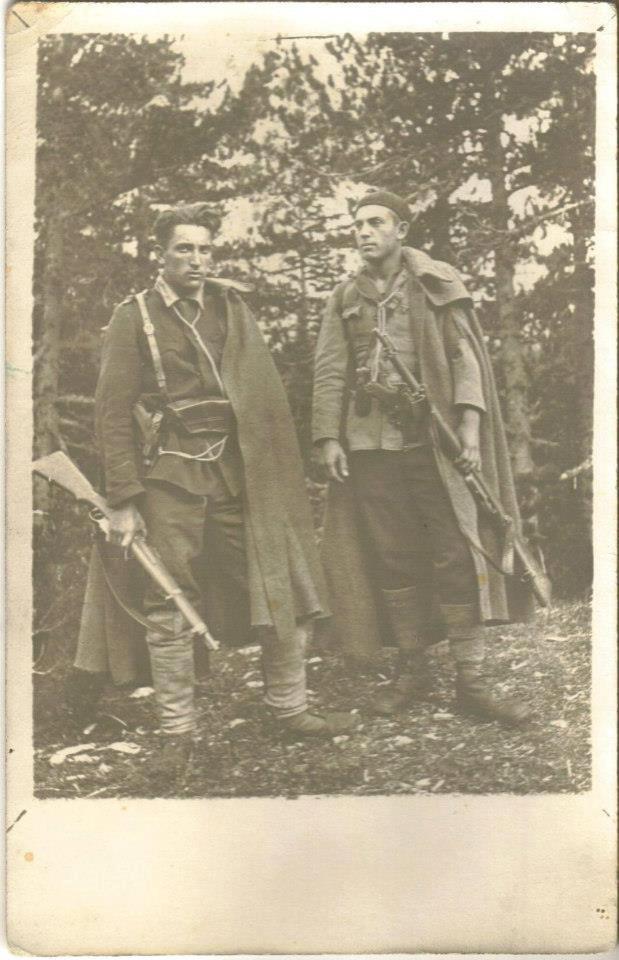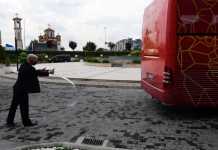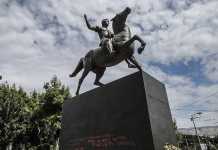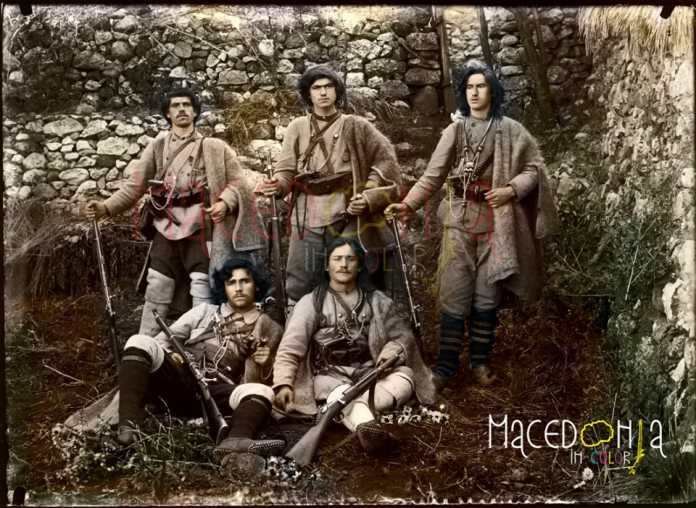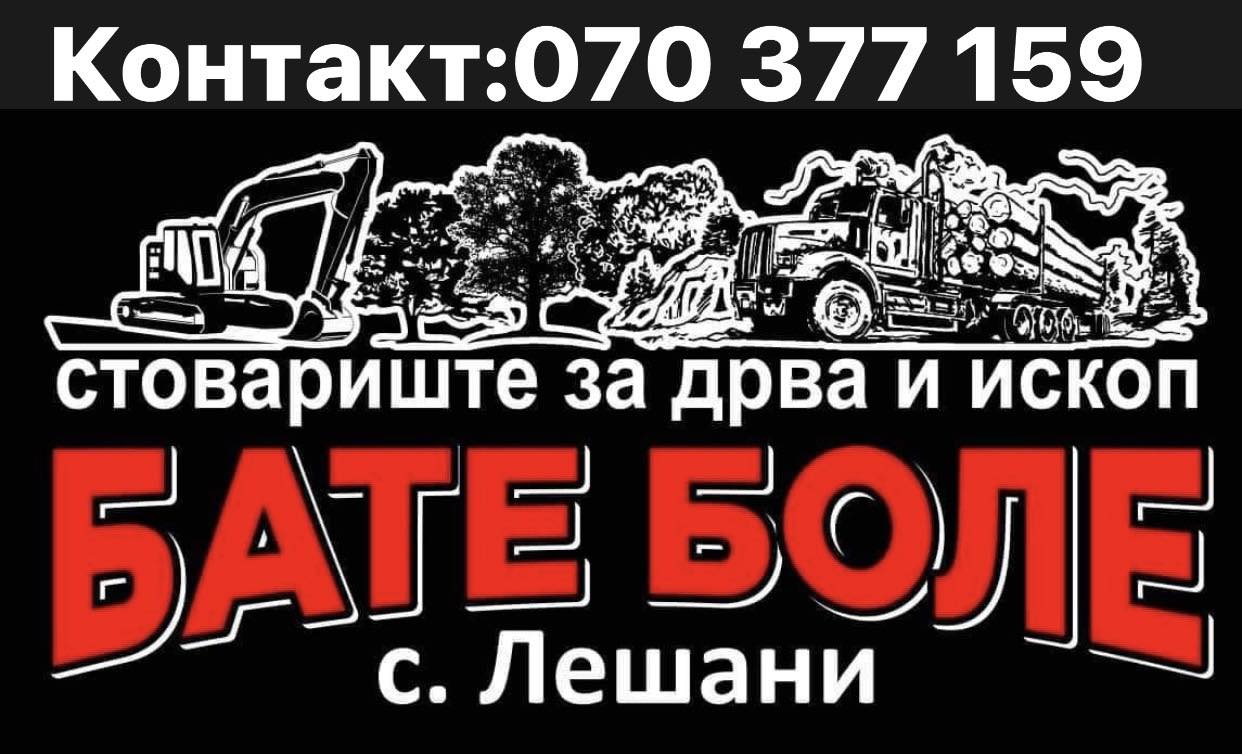The desperate an unbearable situation in which Innocent Macedonian men women and children were tortured, murdered ,raped and starved by the ottomans in Macedonia 1903 led the people of Macedonia to organise themselves and call for revolution against the tyranny .Here how it happened.
The Internal Macedonian Revolutionary organisation held a Congress in Solun- Thessaloniki (02-15th of January 1903),on which congress it was decided o to launch an armed uprising.
None of the Organization’s founders or prominent activists attended the congress. Many of them were either not invited or unwilling to attend. But neither the commanders nor the illegal activists were called to the congress, and their participation in the congress was likely to be welcomed by Ivan Garvanov and Atanas Lozanchev. In addition, there was a disproportionate number of delegates by district, namely the Bitola, the Odrin and the Seres had one delegate while the Thessaloniki had 4 and the Strumica district 2. This later raised the question of the legitimacy and regularity of Congress.
The commencement and conduct of the Uprising were left to the district committees. The Congress of the Bitola Revolutionary District, held in Smilevo (from 19-24th April and from 02 to 07Th of May 1903), decided to launch a general liberation uprising; The district committee Elected the main rebel headquarters of the Bitola Revolutionary District (consisting of Damian Gruev, Boris Sarafov and Anastas Lozanchev), and assigned the rebel districts and districts headquarters.
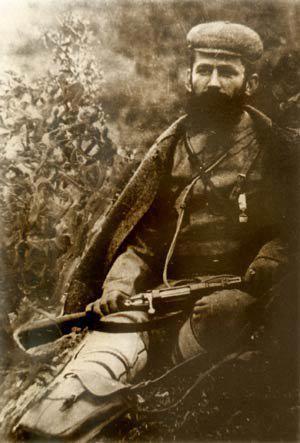
Voivoda Damian Gruev – Headmaster of the Bitola Revolutionary District
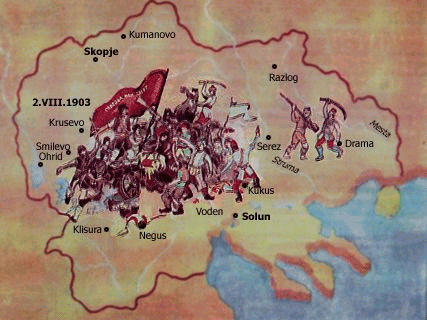
The Rebel Districts in Macedonia
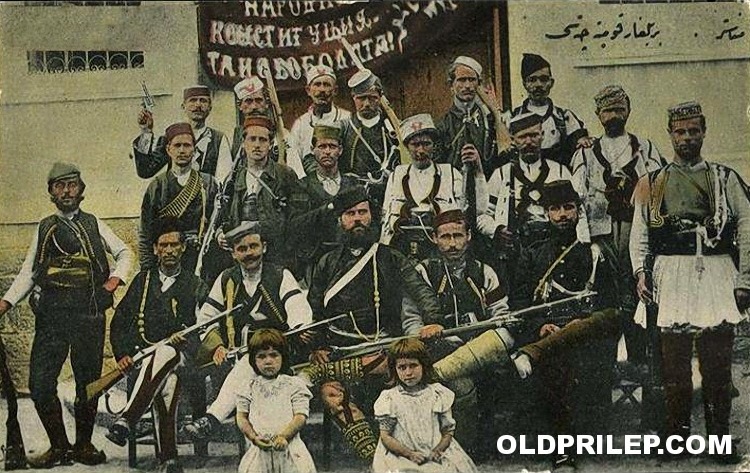
The revolutionaries- Prilep district
After the uprising began, the Organization’s Foreign Office in Sofia handed over to the governments of the European great powers a Declaration announcing the unbearable exploitation and ferocity of the Ottoman state of Krushevo before the Ilinden Uprising in 1903 of the Uprising (July 20, 1903), which did not respect the fundamental rights recognized by the Macedonian people with the Berlin Treaty (1878). They called for effective intervention to force the Turkish government, solely responsible for the military conflict, to fulfill its commitments to Macedonia as well to give Macedonians an autonomy. The rebel forces undertook offensive actions in all the rebel regions (02. August 1903). The rebels from the Krushevo insurgent district liberated Krusevo with a concentrated attack.
In the Kostur Region the larger settlements of the city of Neveska were liberated; In the revolutionary region of Lerin, Ohrid, Prespa and Kichevo, where fierce fighting was fought, a Macedonian revolutionary government was established. In the liberated Krushevo the head of the Gora Insurgent Staff resumed the creation of the “Krushevo Republic”, with the Council and the “Provisional Government” democratically elected by the people. Immediately afterwards, other authorities were elected.
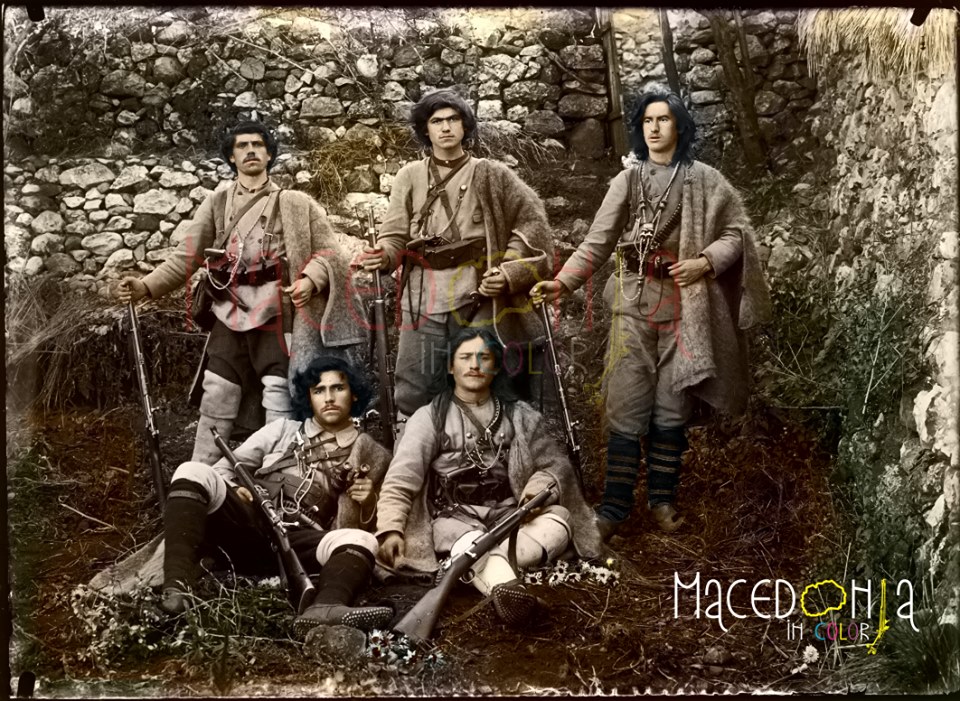
Band of Committees and freedom fighters. Digitaly remastered by Macedonia in Colour https://www.facebook.com/mkincolor/
The temporary government had departments: interior, finance, nutrition, construction and sanitation. The special services were performed by special services: providing and manufacturing rifles for defence, repairing weapons and producing military materials, including the famous Creshovo Topche a gun made of Cherry Tree .
On the defense field The interim government has mobilized a male population capable of fighting and has taken measures to protect Muslim families of runaway civil servants and their property, provided by the Revolutionary Staff. In an attempt to neutralize the Muslim population there was a call, known as the “Krushevo Manifesto”, In the Manifesto it was reported that the Macedonian people had launched an armed struggle against the tyrannical regime of the authorities and the thugs, and not against the poor Muslim population; that the insurgents are not robbers, but Pitu Guli’s volunteers, they are not to be feared, to remain peaceful, and that in autonomous Macedonia everyone will have equal rights and freedoms.
In the other revolutionary districts (Solun (Thessaloniki), Seres and Skopje) the uprising was guerrilla warlike. All armed detachments were attacked, which carried out attacks on military targets: garrisons, guards and other targets, as well as on strategic objects: roads, railways, telephone and telegrams.
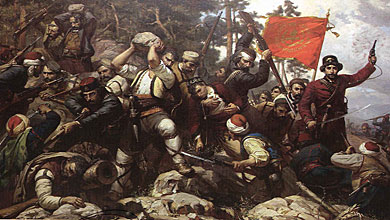
Pitu Guli and the Battle Of Metchkin Kamen (painting)
Outcome
The main revolutionary headquarters made a misconception, awaiting intervention by the European Great Powers, failing to seize the opportunity to liberate Bitola and create a new reality in Macedonia. The Uprising Staff (12th August 1903) handed over a Memorandum to the diplomatic representatives protesting the barbaric actions of the regular army units; against the burning and destruction of villages and the massacre of non-non-Macedonian Macedonians. In this address to the governments of the European great powers, the Chief Insurgent Headquarters emerged from the position of a legitimate representative of the warring party and sought to be granted such status and, as expected, and after their expected intervention, from that position to lead indirect or direct negotiations with the Government of Turkey.
Unfortunately the European great powers had other interests in the Ottoman state and in the region, opposed to the armed uprising in Macedonia and the preservation of the status quo.
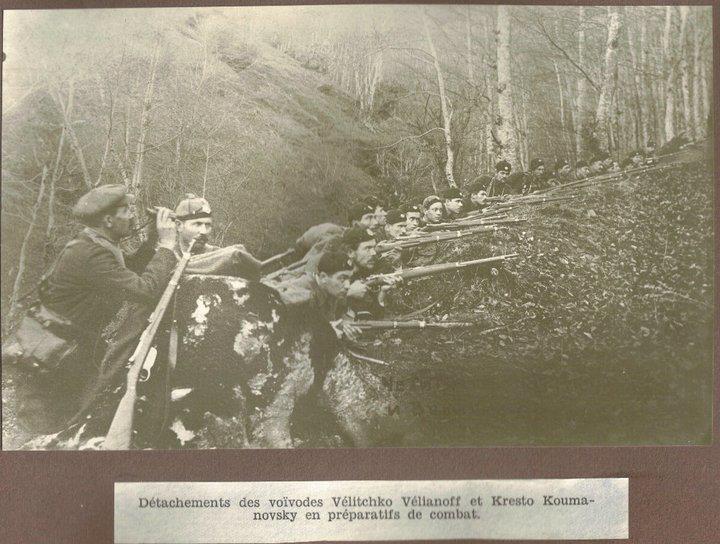
The band of voivoda Velichko Veljanov and Krsto Kumanovski preparing for attack
The Turkish government was given full freedom to use all the forces and means necessary to suppress the Uprising. The Neighboring Balkan countries were equally interested in liquidating the Uprising and destroying the Macedonian Revolutionary Organization, fearing the intervention of the Macedonian autonomy forces. In such conditions, in complete isolation and in a hostile environment in the neighborhood, the Macedonian rebel forces persisted until the end of 1903, opposing the huge, modern armed regular army and irregular military formations that applied the tactics of total destruction to the Macedonians. villages, material base and combat reserve. After months of fierce fighting, in order to spare the people from further massacre, the Uprising Staff (12th December 1903) issued a directive to stop the Uprising.
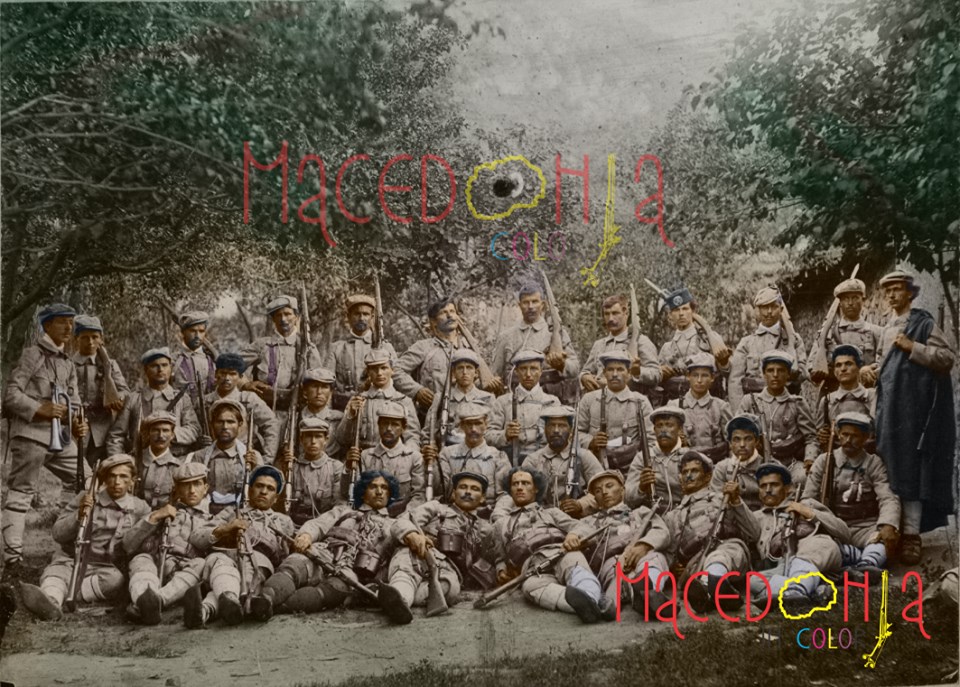
Source : Macedonia in Colour https://www.facebook.com/mkincolor/
